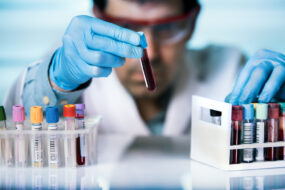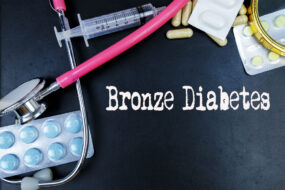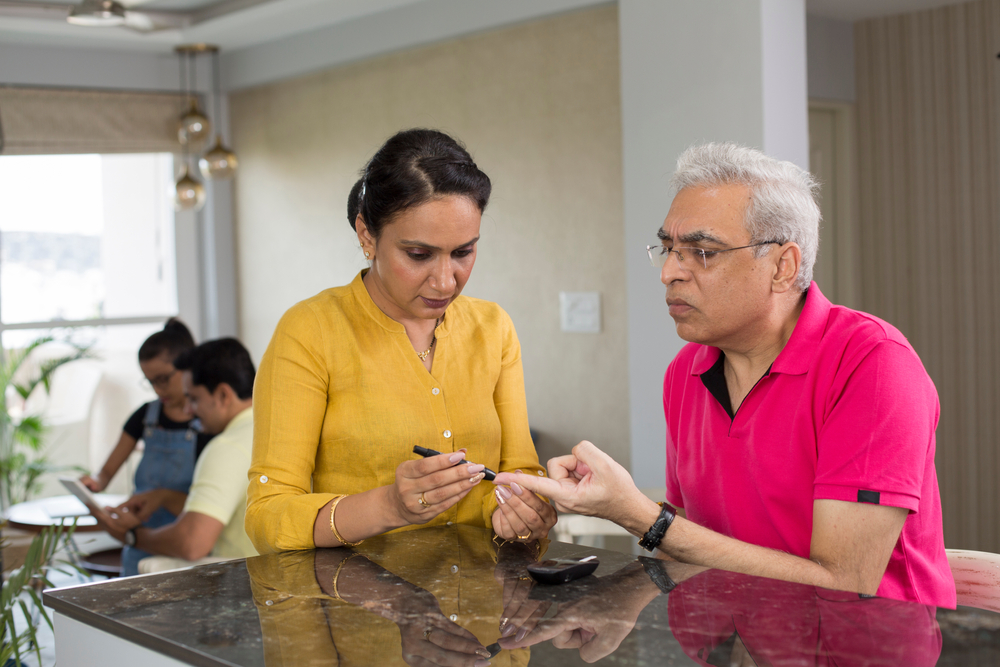
RSSDI, or the Research Society for the Study of Diabetes in India, is the largest diabetes health care organization in Asia. Its members include physicians, endocrinologists, diabetes nurses and dieticians. Members work together to improve the lives of people living with diabetes in India and around the world.
Table of Contents
SMBG
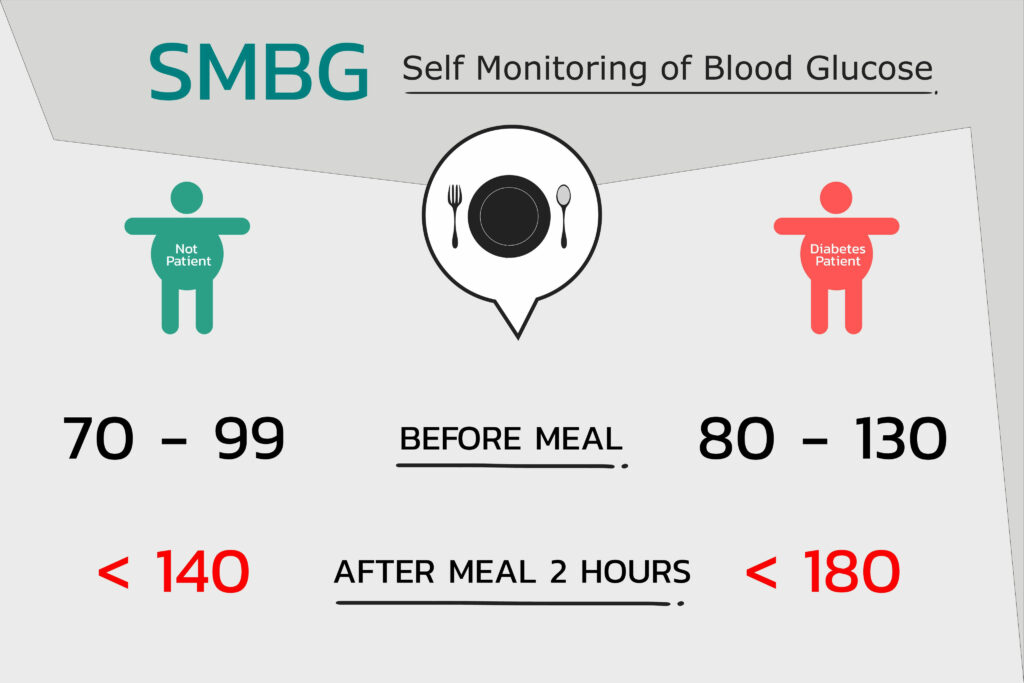
Structured self-monitoring of blood glucose is an integral part of modern diabetes therapy. Its educational and therapeutic benefits include avoiding hypoglycemia and improving glycemic control. The benefits of SMBG may include improved glucose control, improved health status, and patient empowerment.
SMBG is beneficial to people with diabetes who can use the information to actively adjust their treatment. It can also help patients improve their understanding of diabetes and evaluate the effectiveness of their management plan. It should be used in a structured way and in collaboration with the patient's health care team. The patient should be encouraged to collect their blood glucose readings and report them to the healthcare team as often as possible.
SMBG can help patients recognize severe hypoglycemia and hyperglycemia. It increases awareness and reduces anxiety and fear associated with hypoglycemia. It is also beneficial for those who perform hazardous tasks, such as driving or operating machinery. Glycemic levels can interfere with these activities.
Patients with type 1 and type 2 diabetes are often treated with different types of SMBG. Those who are treated with insulin or sulfonylureas are often required to check blood glucose at least three times a day. The patient should be tested at fasting and at meals.
HbA1c
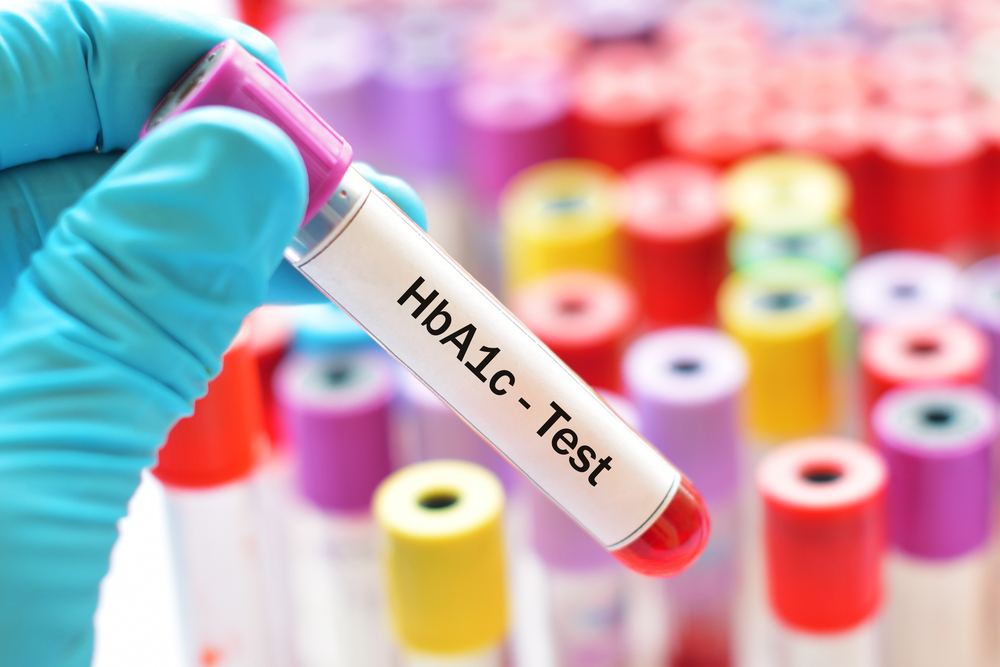
Although the World Health Organization (WHO) and the American Diabetes Association recommend a lower cut-off of HbA1c than the World Health Organization (ADA) cut-off of 7.0%, these cut-offs are not very sensitive, and they should not be used for screening. In a systematic review of diabetes risk factors, researchers found that the HbA1c test was not better than FPG or OGTT in identifying people with diabetes.
However, it is important to note that the HbA1c test is not without complications. Several factors can affect it, including race, haemoglobin variants, and conditions affecting red cell turnover, such as G6PD deficiency. Despite these concerns, the 2018 American Diabetes Association (ADA) guidelines have added recommendations regarding the use of this test. Moreover, several countries, including Thailand, are not yet using this test to diagnose diabetes.
The glycated hemoglobin is an important indicator of glucose levels in the blood. The glycated hemoglobin reflects the average glucose level over the course of two or three months. It also correlates with long-term complications, including heart disease and stroke. Therefore, the HbA1c is recommended as a standard of care for patients with type 2 diabetes.
Target levels
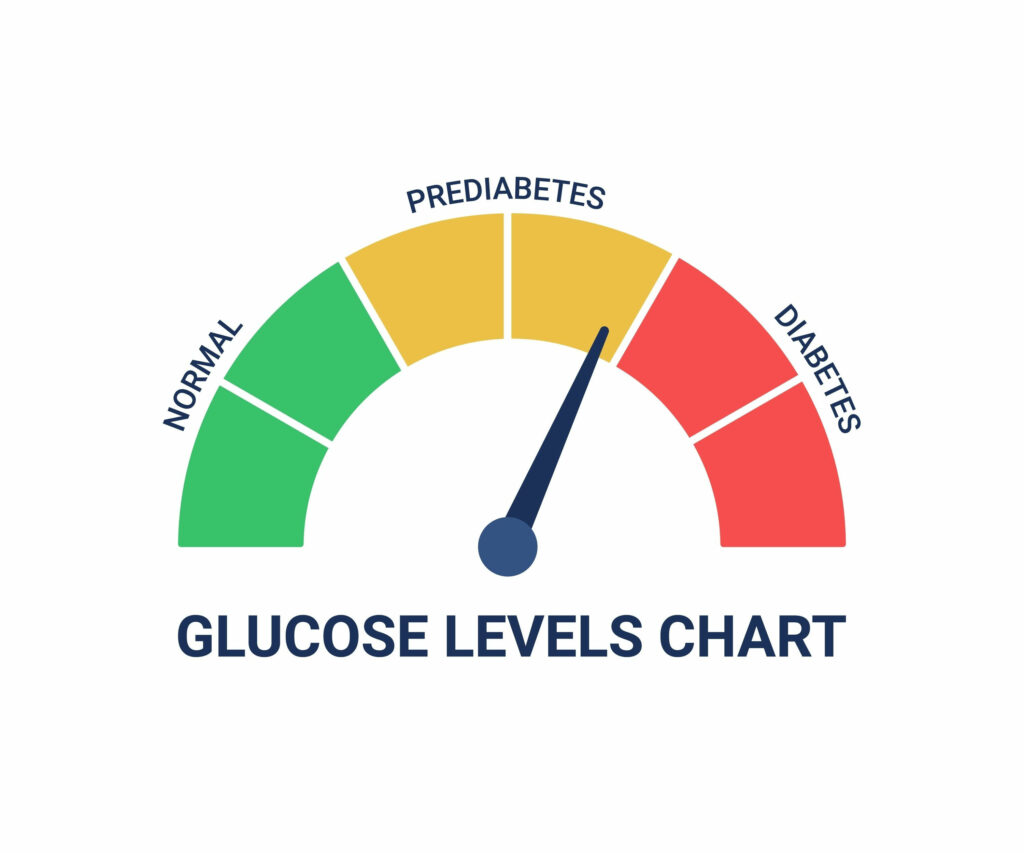
Patients with diabetes need to know the RSSDI target levels. This is the level at which insulin levels should be well below the levels considered dangerous. The recommended ranges are based on a consensus of experts. The time spent in these ranges is low because it reduces the risk of liability. However, it is important to know the appropriate target levels for every patient.
Using a meter is not the only way to check blood glucose levels. Some people use strips to monitor their blood glucose levels. Some people also use insulin or a sulfonylurea. The target levels recommended by the RSSDI are given in Table 3.
A person's blood glucose level should be at a minimum of 115 mg/dL fasting and 140 mg/dL at one hour postprandial. In patients with diabetes, it is best to measure their blood glucose levels more frequently. However, elderly patients should be monitored less frequently and their targets should be relaxed.
Meters with strips
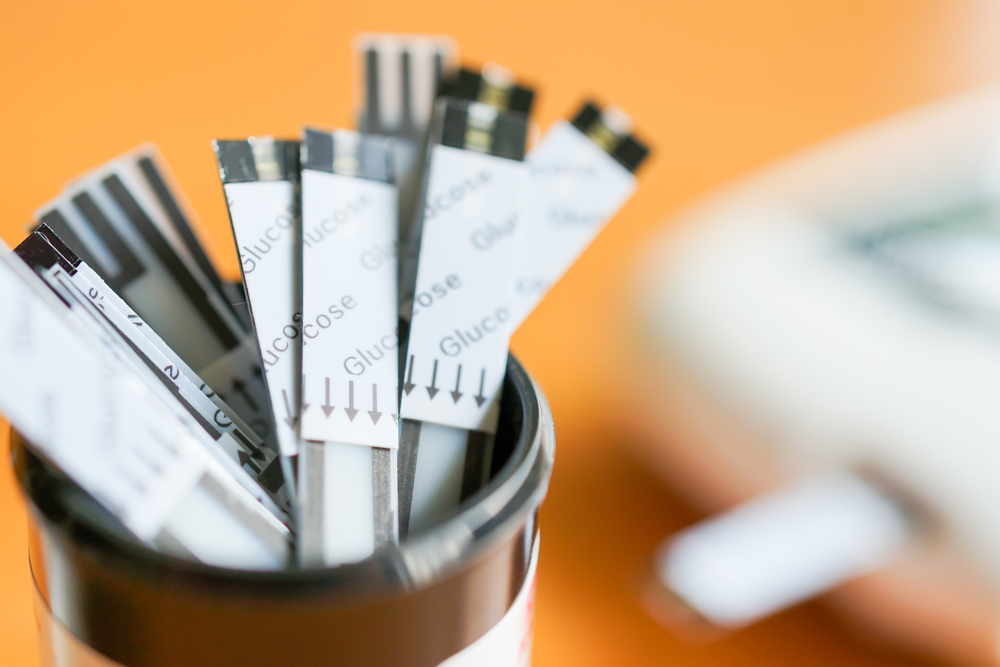
Patients with diabetes should not assume that their meters are accurate. They should read the manual carefully before using them. They should also learn how to read error codes on their meters. Additionally, they should have spare batteries on hand in case the meter fails to function properly. This will help them ensure that their results are accurate.
Blood glucose meters are designed to measure glucose levels in the blood. These devices are used to monitor blood glucose levels in patients taking insulin, sulfonylureas, or glinides. To use a blood glucose meter, a patient must draw a blood sample. The sample is then transferred onto a test strip. Once the test strip is inserted into the blood glucose meter, the meter will read the blood glucose levels.
It is important to test glucose levels regularly. Always read the instructions on your blood glucose meter. It is important to understand what the display means, as it may display “HI” or “LO”. It is important to learn which test sites are most accurate.
Foot care
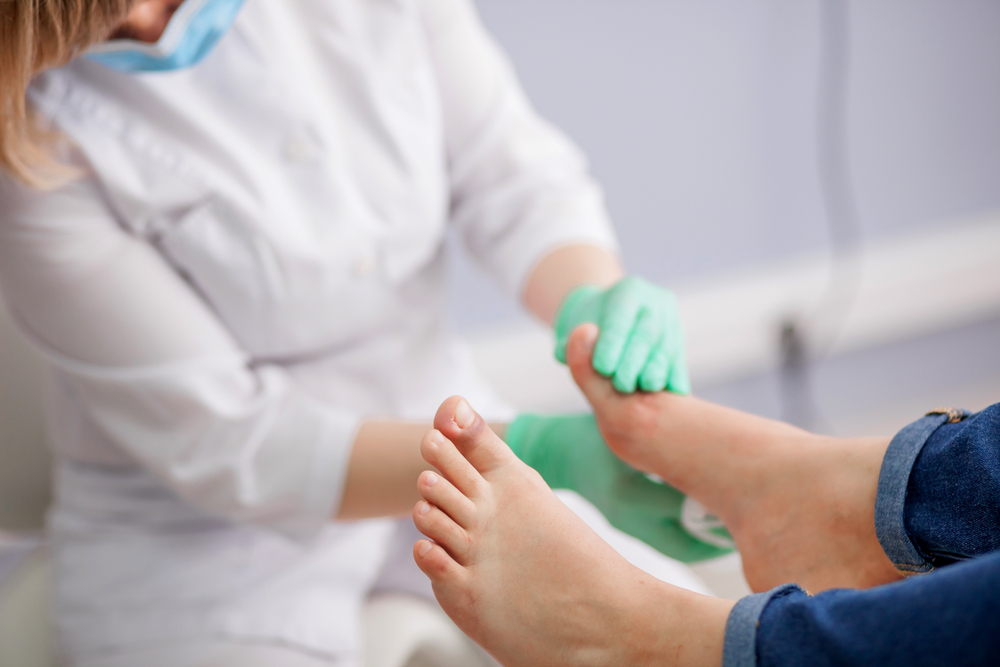
RSSDI, the Research Society for the Study of Diabetes in India, has started a new campaign to promote foot care among diabetics. The campaign aims to study the toes and feet of at least fifty thousand diabetics. The initiative is part of a wider social initiative to improve foot care.
The study aims to determine differences in the practice and knowledge of foot care among urban and rural diabetics. It also aims to investigate the association between foot care knowledge and practice and demographic factors. A cross-sectional study was conducted in the cities of Thane and Raigad districts. Participants completed a questionnaire that assessed foot care knowledge and practices. A Nottingham Assessment of Functional Foot-care Questionnaire was also administered. The data were analyzed using descriptive analysis.
Biocon Biologics

Biocon Biologics Ltd, a subsidiary of Biocon Ltd, has partnered with the Research Society for the Study of Diabetes in India (RSSDI) to launch a Comprehensive Care Programme, BRIDGE-1. The program aims to improve diabetes knowledge among patients with Type 1 diabetes.
To address this need, RSSDI teams will train physicians and create awareness about diabetes management for Type 1 patients. The company will also help organize events and provide educational materials for the teams. The company will also extend its universal access programme to children with Type 1 diabetes in India. In addition to training physicians, the RSSDI teams will also provide free insulins to children from low-income communities.
RSSDI is a premier diabetes research organization in Asia. Its members work in close partnership with other stakeholders to develop high-quality biopharmaceuticals that address the needs of patients with diabetes. The company also initiated the ABIDE diabetes education program for medical practitioners in 2012, which has had a huge impact across the country and has received an Award of Recognition from the prestigious Research Society for the Study of Diabetes in India.
Research society for study of diabetes in india
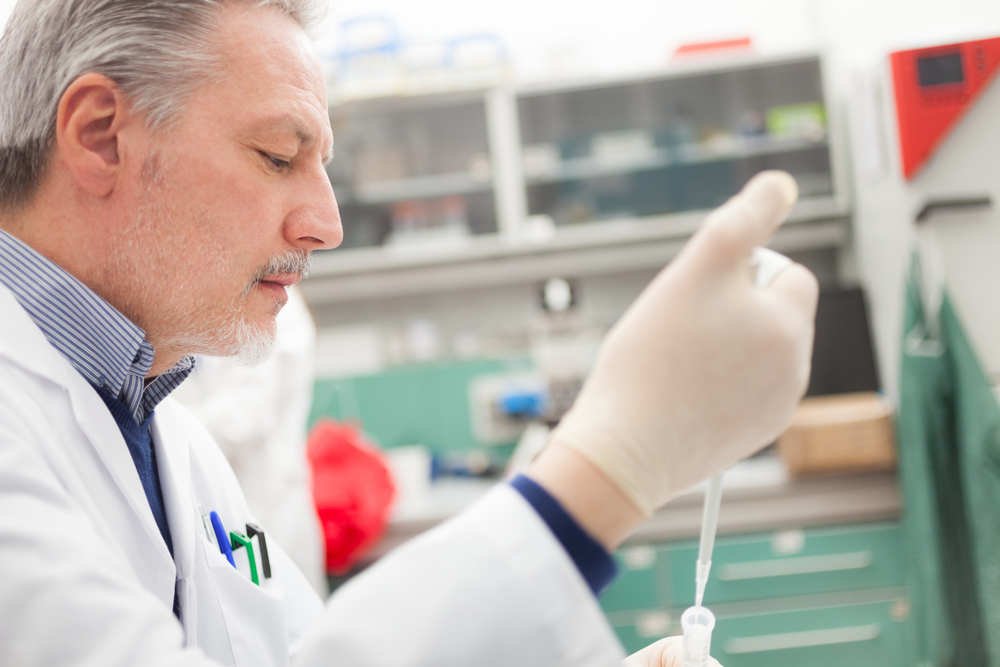
The Research Society for Study of Diabetes in India (RSSDI) is the largest association of diabetes health care professionals in Asia. It has more than 10,000 members, including physicians, diabetes and endocrinologists, and paramedical workers. The organization was founded in 1972 and has expanded over the years. Its activities include Continuing Medical Education (CME) for local physicians, Diabetes research for Indian researchers, and awareness programs for patients.
The RSSDI has announced a new initiative called ‘Save the feet and keep walking' to help people with diabetes maintain a healthy lifestyle. The group aims to examine the feet of 50,000 people with diabetes in India. The initiative, which coincides with the RSSDI's 50th anniversary, aims to improve the health and lives of people living with diabetes.









